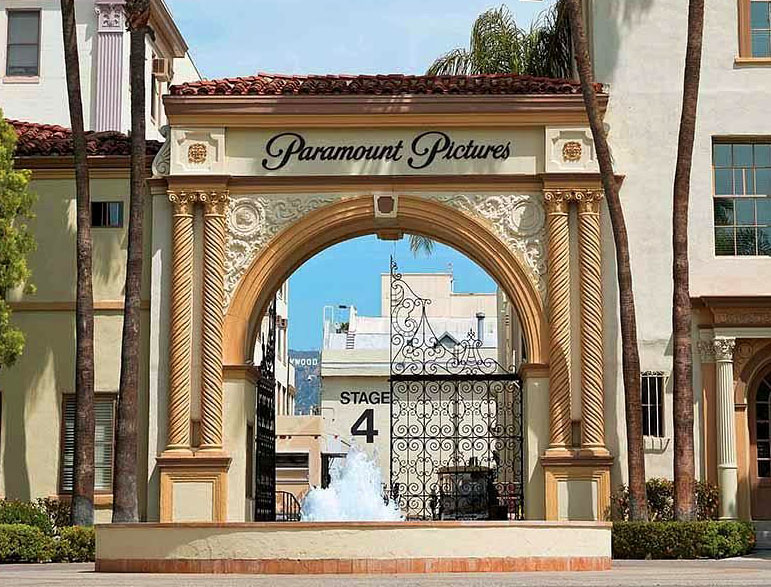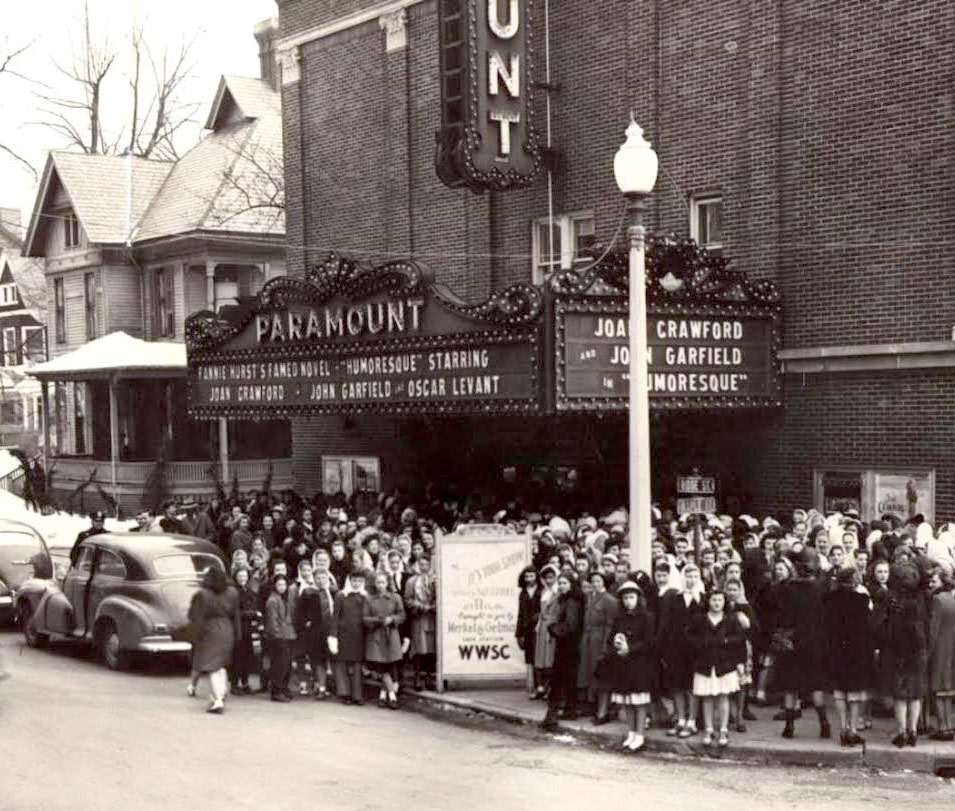The Cinematic Experience:
100 Years Of Escapism.
The name Paramount is as much a part of American movie making history as any could be.
Not only was Paramount amongst the very first studios to embark upon the incredible journey of movie making magic, but its entrepreneurial founders also shrewdly saw the benefits of being directly involved in every facet of the movie business. From having the biggest stars under contract, to managing the distribution system for the movies their studio produced, and finally to showing those films in theaters they owned.
Not only was Paramount amongst the very first studios to embark upon the incredible journey of movie making magic, but its entrepreneurial founders also shrewdly saw the benefits of being directly involved in every facet of the movie business. From having the biggest stars under contract, to managing the distribution system for the movies their studio produced, and finally to showing those films in theaters they owned.
All across America, in big cities and small towns, audiences flocked to their local Paramount Theater to be a part of the latest and greatest that Hollywood could conjure.
Prior to a 1948 Supreme Court anti-trust ruling, Paramount Pictures owned more than 1,500 individual movie theaters. While they were forced to divest themselves of direct ownership of these theaters, there are still many Paramount Theaters which have survived, many of which are now 90 years old.
To this day, the movie palaces which were built during the late 20s and through the 1930s provide an immensely endearing tribute to the movie business.
Sadly, more of these treasures have perished than survived, gone by the way of the more economically feasible multi-plex. That this era of the movie industry coincided almost perfectly with the global fascination of the art deco design movement could not have been more fortuitous. While they are sadly few in number, they do still exist, and the movie going experience in these grand, single-screen rooms is just so much richer than the multi-plex. Fortunately, ours is a culture which loves nostalgia, so hopefully those that still remain are here to stay.
Sadly, more of these treasures have perished than survived, gone by the way of the more economically feasible multi-plex. That this era of the movie industry coincided almost perfectly with the global fascination of the art deco design movement could not have been more fortuitous. While they are sadly few in number, they do still exist, and the movie going experience in these grand, single-screen rooms is just so much richer than the multi-plex. Fortunately, ours is a culture which loves nostalgia, so hopefully those that still remain are here to stay.


